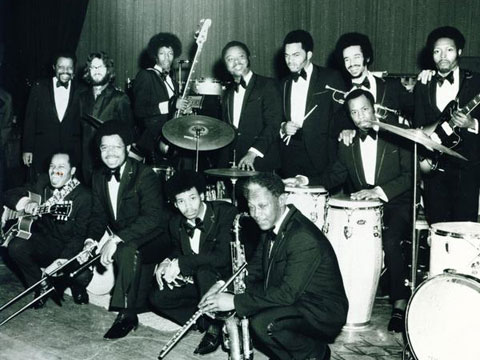So I figured I'd better put this up before it became too outdated. When Dolly and I went to Oahu in June, I wrote a "journal entry" about looking for records there, and actually, a great deal of what you've been seeing in the blog thus far has come from that same journal, something I've affectionately dubbed my "vinyl diaries" and/or "vinyl remedies." Bottom line is, I found some amazing music while in Hawaii, and the experience was made far more meaningful by the fact that I was in a place that seemed completely surreal in the most wonderful way, as if Dolly and I had stepped out of our real-time existence and somehow entered a sort of exquisite vacuum of dramatic proportions.
Here are my thoughts immediately after returning:
"When departing for Oahu this last Friday with Dolly, there were several kinds of anticipation present—fear, excitement, enthusiasm, nervousness. I had never been to the tropics before, and so for this mainland Haole, the journey ahead was an experiment, a new frontier. In terms of what the Oahuan vinyl scene might be like, I really had no idea, as there only seemed to be a few scattered shops across the island, each one met with mixed reviews by both tourists and Hawaiians alike. There were only two feasible possibilities, and those were that a) Hawaii was too far off the beaten path to have a wide selection of vinyl or b) the distant nature of the location itself worked in its favor, meaning that it was a well-kept secret with as-of-yet untapped piles of wax. After checking out nearly every store on the island, I can very affirmatively say that the latter is what I found, lots of great underground, old-school jazz and funk that I’d never see on the mainland, and for ridiculously low prices to boot. I came home with a veritable treasure trove of rare records stowed away in the overhead compartment of our Delta flight, and now I present them to you--the discerning reader/listener/taste-maker. Aloha and Mahalo..."
That pretty much sums it up...













